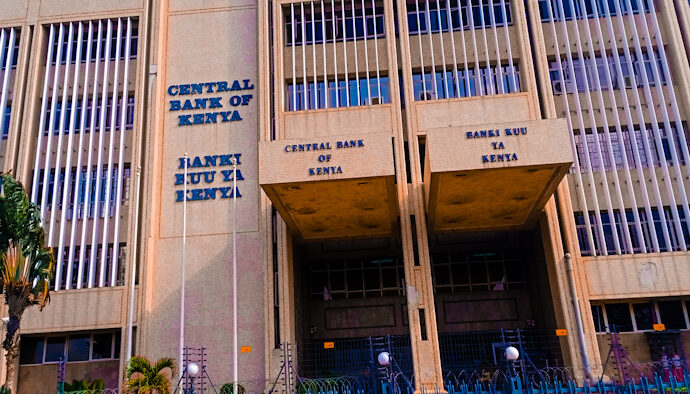The Central Bank of Kenya (CBK) has been advised by the Kenya Bankers Association (KBA) to continue tightening its monetary policy stance.
“We argue that a further (moderate) monetary policy tightening would support measures taken previously to tame inflationary pressures and rising inflationary expectations, cool off credit demand (and supply) while averting a sharper build up in non-performing loans, help achieve a moderation in the trend depreciation of the exchange rate, all for enhanced macroeconomic stability,” said KBA in its Research Note NO.69 – 2023 (RN/69/24).
The next decision-making meeting is scheduled for October 3rd, 2023.
The CBK’s Monetary Policy Committee (MPC), led by Governor and MPC Chairman Dr. Kamau Thugge, last met on August 9, 2023.
Since June 2022, the MPC has been in a tightening mode, raising the Central Bank Rate (CBR) from 7.5% to 10.5% by early August 2023.
This tightening has resulted in increased money market yields and interbank market rates.
Average lending rates in the banking sector have also risen, indicating that the effects of tight monetary policy continue to impact the credit market.
During the August 9th meeting, the CBK introduced an interest rate corridor framework to guide monetary policy operations and market outcomes.
The framework targets the interbank rate to fluctuate within ± 250 basis points around the CBR, aiming to enhance the bank’s policy effectiveness.
However, concerns remain about the weaker transmission of the policy signal from the interbank market to other longer-term market interest rates, particularly lending rates.
“However, there remain concerns of weaker transmission of the policy signal from the interbank market to other longer-term market interest rates, particularly the lending rates, that would otherwise effectively trigger the anticipated faster slowdown in credit supply,” says KBA
According to KBA research, new taxes and the government’s fiscal consolidation plan could increase living costs and slow economic growth as we approach the end of 2023’s last quarter.
The current monetary policy tightening has already increased funds and credit costs, slowing credit demand.
The KBA also highlighted Kenya’s vulnerability to global shocks and the effects of a tight monetary policy squeeze by developed markets.
These factors continue to impact Kenya’s economy, as evidenced by a weakening local currency against other hard currencies.
In response to these challenges, the KBA is advocating for further monetary policy tightening.
This move aims to manage inflationary pressure, slow credit demand and supply, stem a buildup of non-performing loans, stabilize the Kenya Shilling exchange rate against the US dollar, and ensure macroeconomic stability.




